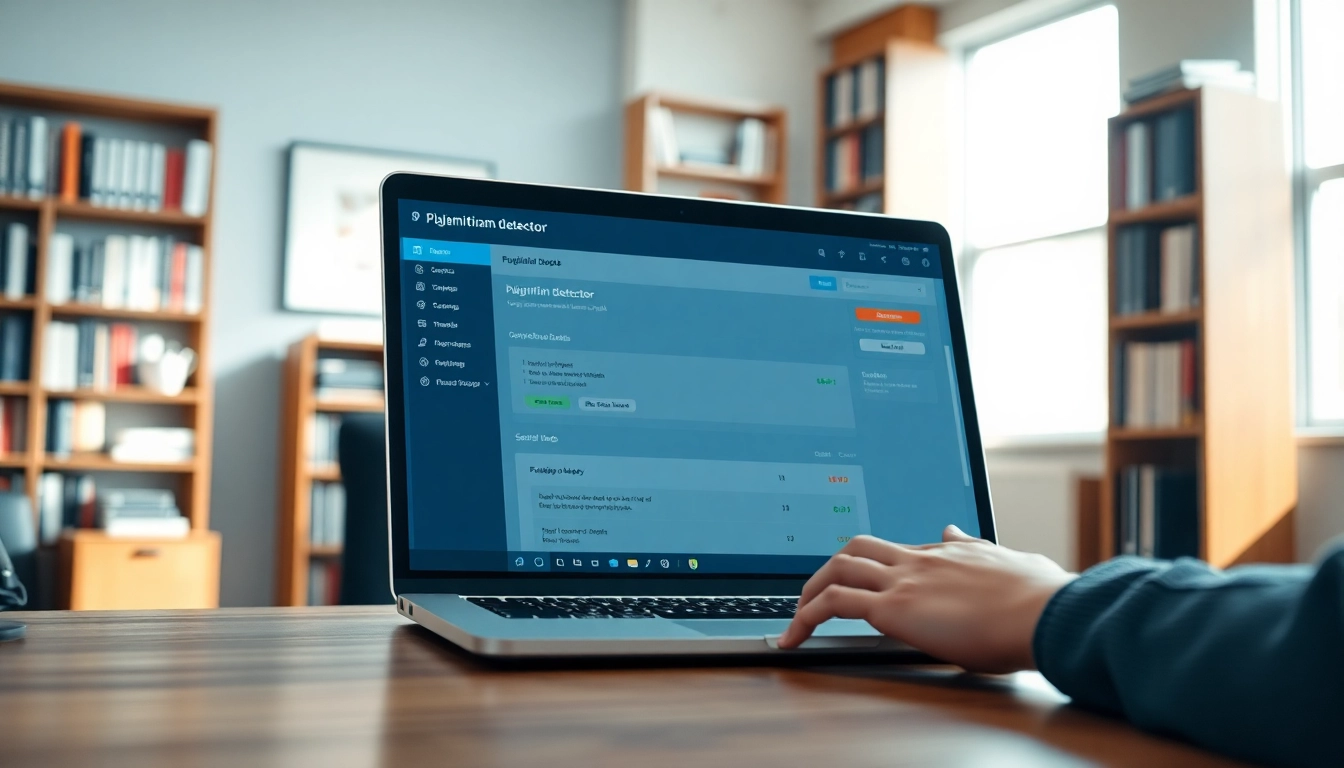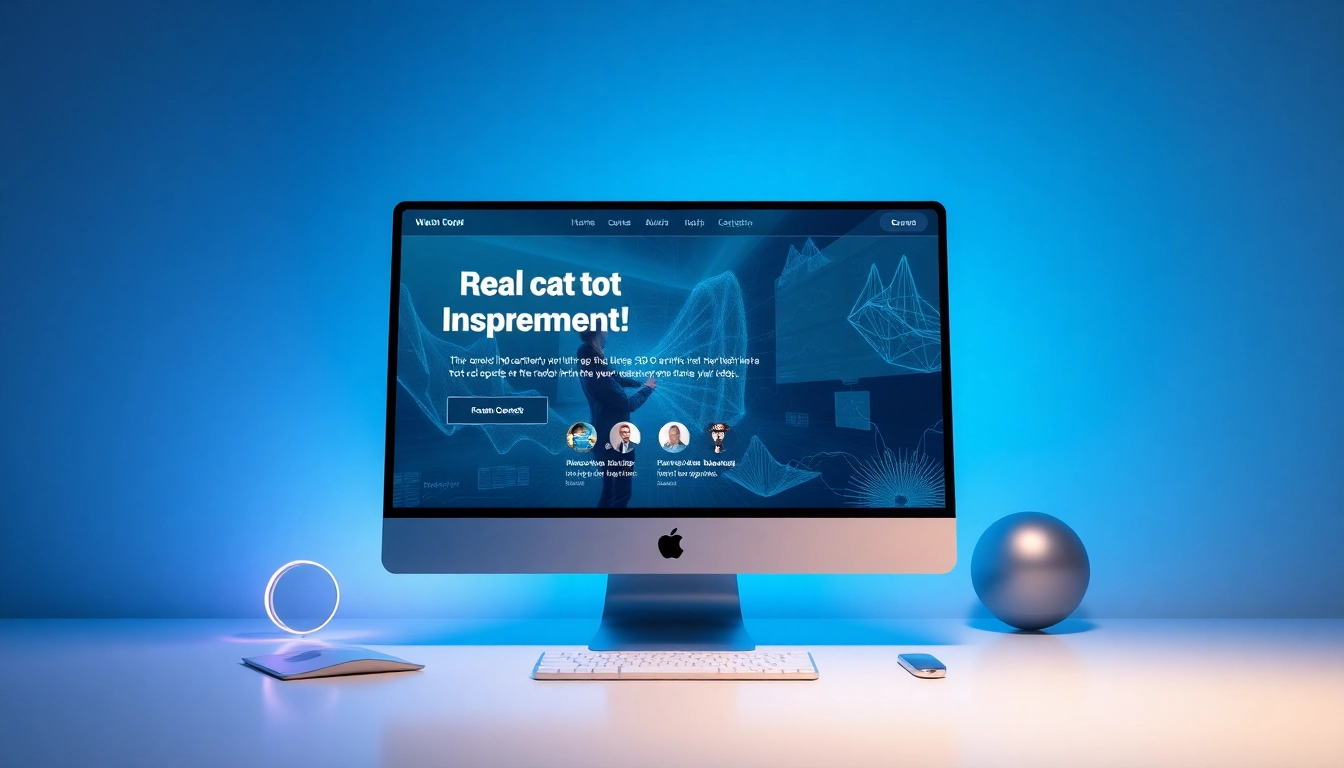Understanding Plagiarism and Its Implications
Plagiarism is a term that resonates strongly in academic and professional circles. It is generally understood as the act of using someone else’s work, ideas, or intellectual property without proper acknowledgment. This can be particularly concerning in an educational environment, where integrity of work is paramount. To safeguard against unintentional plagiarism and to maintain academic integrity, many students and professionals turn to tools like a plagiarism detector.
What Constitutes Plagiarism?
Plagiarism encompasses a wide range of inappropriate actions, including:
- Direct Copying: Copying text word-for-word from a source without quotation marks and citation.
- Paraphrasing without Attribution: Rewriting someone else’s ideas in your own words without giving credit.
- Self-Plagiarism: Submitting previously submitted work as new without modification.
- Collaborative Plagiarism: Collaborating in a manner that misrepresents the authorship of work.
Recognizing these forms helps students and professionals avoid inadvertently committing academic dishonesty. It is essential for individuals to understand which actions constitute plagiarism to mitigate risks to their academic and professional reputations.
The Academic Consequences of Plagiarism
Consequences of plagiarism can be severe and long-lasting:
- Academic Penalties: Institutions may impose failing grades on assignments or courses, academic probation, or expulsion.
- Legal Repercussions: Copyright infringement can lead to legal action from original authors.
- Reputation Damage: Accusations of plagiarism can tarnish personal and professional reputations, affecting future opportunities.
In this context, possessing a strong understanding of plagiarism prevention strategies is crucial for students, educators, and writers alike.
The Role of Plagiarism Detectors in Modern Education
Plagiarism detectors have become invaluable resources in the academic landscape. They utilize sophisticated algorithms to compare submitted texts against extensive databases, providing not just detection but also insightful feedback for improvement. By integrating technology into the writing process, these tools:
- Help maintain academic integrity
- Promote original thought and research
- Enhance learning by providing insights into citation practices
In essence, plagiarism detectors are pivotal in the transition towards more ethical academic environments.
Selecting the Right Plagiarism Detector
Choosing an effective plagiarism detector can streamline the process of ensuring originality in your work. With a plethora of options on the market, it’s crucial to understand what features to prioritize.
Features to Look for in a Plagiarism Detector
When evaluating plagiarism detection tools, consider the following features:
- Database Size: More extensive databases provide a more comprehensive analysis of potential matches.
- Accuracy: Look for tools with a high rate of accuracy in detecting similarities without false positives.
- User-Friendly Interface: The tool should be intuitive, allowing users to easily submit papers and receive reports.
- Detailed Reporting: Generate thorough reports that highlight matched content and suggest appropriate citations.
- Fast Turnaround: The ability to deliver results quickly can be crucial, especially before deadlines.
Prioritizing the right features can significantly enhance your writing and research capabilities.
Comparative Review of Popular Plagiarism Detectors
Here are some of the notable plagiarism detectors available:
| Tool | Overview | Rating |
|---|---|---|
| Turnitin | Widely used in academia, known for thorough checks and institutional integrations. | 9/10 |
| Grammarly | Offers basic plagiarism checking alongside grammar and style tools, ideal for essays. | 8/10 |
| PapersOwl | Free plagiarism detection with high accuracy, suitable for students. | 7/10 |
| DupliChecker | Offers a variety of free and paid services with a user-friendly interface. | 8/10 |
| Copyleaks | Focuses on detecting AI-generated text alongside common plagiarized content. | 8/10 |
This comparison underscores the diverse functionalities each tool offers, catering to a variety of user needs.
Cost Analysis: Free vs. Paid Options
Plagiarism detectors can range widely in price, influencing user choices. Here’s a breakdown of the pros and cons:
Free Options
- Pros: No cost, accessible for students on a budget.
- Cons: May lack accuracy, comprehensive databases, and advanced features.
Paid Options
- Pros: Higher accuracy, extensive databases, and advanced reporting features.
- Cons: Can be costly, especially for frequent users.
Ultimately, the decision should align with individual or institutional needs and priorities.
How to Use a Plagiarism Detector Effectively
To maximize the benefits of a plagiarism detector, understanding how to use it effectively is key.
Step-by-Step Guide: Submitting Work for Review
Follow these steps for seamless plagiarism detection:
- Choose a Reliable Tool: Select one based on your specific needs and preferences.
- Prepare Your Document: Ensure the format is compatible (most tools accept various formats, including text and Word files).
- Submit Your Work: Upload the document as instructed by the tool.
- Review Reports: Analyze the results provided by the plagiarism detector.
Interpreting Plagiarism Reports
Once you receive your plagiarism report, understanding its content is essential:
- Look for highlighted sections that indicate matched content.
- Check the percentage of originality; higher percentages indicate less duplication.
- Review sources to understand the context of the matches, facilitating better citation.
Proper interpretation can lead to improved writing and enhanced academic integrity.
Common Mistakes to Avoid When Using a Plagiarism Detector
To get the most out of plagiarism detectors, avoid these common pitfalls:
- Skipping the Review Process: Always review the report’s findings thoroughly.
- Ignoring the Report’s Suggestions: Use recommendations to refine your writing and avoid unintentional plagiarism.
- Outdated Tools: Ensure you are using the latest versions to benefit from updated databases and algorithms.
Being mindful of these errors can significantly improve your experience and output quality.
Enhancing Your Writing to Avoid Plagiarism
Proactively improving your writing skills is an excellent way to safeguard against plagiarism.
Techniques for Original Writing
To cultivate originality in your writing, consider employing these techniques:
- Freewriting: Jumpstart creativity by writing without restrictions or concerns about perfection.
- Mind Mapping: Use visual aids to brainstorm and develop ideas, fostering unique concepts.
- Reflect and Research: Engage deeply with topics to form your perspective before writing.
Each of these methods encourages critical thinking and encourages the development of unique ideas.
Proper Citation Practices
Citing sources correctly is crucial for maintaining academic honesty:
- Familiarize Yourself with Citation Styles: Different fields use various citation practices (APA, MLA, Chicago, etc.).
- Keep Track of Sources: Maintain meticulous notes during research to aid in accurate citations.
- Utilize Citation Tools: Leverage software for generating citations quickly while ensuring accuracy.
Proper citations not only enhance credibility but significantly reduce the risk of plagiarism.
Using Paraphrasing to Retain Originality
Paraphrasing is an effective way to incorporate research while maintaining originality:
- Understand the Material: Ensure you fully grasp the original content before attempting to paraphrase.
- Use Your Own Voice: Retell ideas in a manner that reflects your understanding and style.
- Cite Paraphrased Ideas: Even when paraphrasing, always provide a citation to acknowledge the original author.
By mastering paraphrasing techniques, writers can ensure their work is both original and respectful of others’ contributions.
Future Trends in Plagiarism Detection Technology
The evolution of technology is transforming the way plagiarism is detected and managed:
AI and Machine Learning in Plagiarism Detection
Artificial Intelligence (AI) and machine learning are enhancing plagiarism detection in various ways:
- Improved Pattern Recognition: AI algorithms can analyze writing style patterns, helping in accurately identifying plagiarism even when content is extensively paraphrased.
- Real-Time Checks: Integration of AI allows for immediate feedback, which can be incredibly beneficial for writers.
This advancement in technology continues to elevate the standards of academic integrity.
The Future of Academic Integrity Tools
As educational institutions increasingly prioritize integrity, we can expect to see:
- Integration with Learning Management Systems: Streamlined access to plagiarism detection tools within educational platforms.
- Greater Emphasis on Originality: Educational frameworks will likely reward originality and ethics in research and writing.
These trends will shape a future where academic integrity is seamlessly integrated into the educational experience.
Preparing for Evolving Educational Standards
As plagiarism detection technology progresses, educators and students must stay ahead:
- Stay Informed: Regularly update practices and knowledge regarding citations and plagiarism detection.
- Collaborate: Institutions should work towards developing clear policies that promote originality and ethical writing practices.
- Embrace Technology: Continually adapt to new tools and technologies that can enhance both teaching and learning experiences.
By being proactive in addressing these challenges, stakeholders can ensure a strong commitment to academic integrity in the future.



